To help make the residential inspections of these properties go more smoothly, here are 5 considerations that you need to take into account when valuing these types of homes:
You’ll want to take a close look at the home’s electrical system, particularly if the home was built in the 1920s or 1930s. When electricity was added to homes during this time, knob and tube wiring was typically used. This type of wiring was later altered and expanded to accommodate major electrical appliances and other conveniences; however, this ungrounded wiring system can present a number of risks and therefore needs to be taken into account in an inspection. Any physical damage to the home’s electrical system should obviously be noted as well as if any insulation has been added to the home as this has the potential to create unsafe conditions as far as the older electrical system is concerned.
2. Heating
When central heating was first brought into older homes, most were coal fired systems. You’ll find that most of these systems have since been converted to oil or gas. Many of these older systems vented to the home’s chimney, which was often unlined. You’ll want to confirm that the home has chimney flue liners present and that the lining and chimney itself are in good condition.
3. Plumbing
The plumbing systems in older homes typically consist of a mix of old and new materials, particularly if an addition or remodel has been made to the home. You will typically find iron and lead pipes in these homes, which have a tendency to become clogged and corroded. Generally speaking, original pipes in older homes will require some updating.
4. Roofing
When you’re inspecting an older home, it’s likely that you’re not looking at the home’s original roof. Another challenge that older homes pose to field inspectors is that if the home has had multiple additions over time, there may be different ages of roofs on the home.
5. Health and Safety
Discoveries over time have greatly altered building codes and product specifications. In an older home, you can typically find building materials that are no longer acceptable by today’s standards. Asbestos and lead are two big risks commonly associated with older homes. Fortunately, there are some easy and inexpensive solutions to improve the health and safety of a home, such as installing new smoke and carbon monoxide detectors and updating hand railings.
These are just a few of the unique considerations that need to be taken into account when inspecting an older residential property and assessing risk. Please contact us for more ways to put your best foot forward with field inspections for residential properties.


